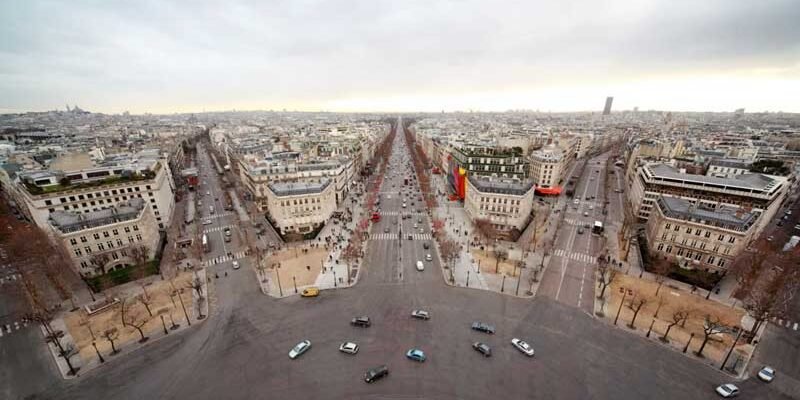
What Makes Modern Urban Planning Revolutionary?
Urban planning has evolved significantly over the years, with modern advancements shaping how cities are designed and function. As populations grow and cities expand, the challenges of managing urban spaces have become more complex. Today’s urban planning goes beyond traditional zoning and infrastructure to focus on sustainability, connectivity, and the integration of technology. The concept of a smart city is one of the most revolutionary developments in urban planning, marking a new era of how cities are built and managed.
The Rise of Smart Cities
When discussing modern urban planning, what is a smart city? A smart city uses digital technology to improve performance, well-being, and reduce resource consumption. By integrating data from sensors, devices, and tech tools, smart cities optimize energy use, transportation, and healthcare.
Smart cities enhance residents’ quality of life by creating efficient, sustainable environments. They use big data, the Internet of Things (IoT), and artificial intelligence (AI) to address urban challenges and improve resource management. For example, smart grids manage energy consumption, while smart traffic systems reduce congestion and improve flow.
Sustainability at the Core
Sustainability is a key focus of modern urban planning, driven by concerns about climate change, energy efficiency, and waste management. Urban planners now incorporate green spaces, renewable energy, and recycling systems to reduce cities’ environmental impact.
In a smart city, technology enhances sustainability.
Energy-efficient buildings, solar-powered streetlights, and renewable resources contribute to sustainable growth. Advanced technologies allow cities to monitor environmental conditions in real-time, providing insights that help city managers make informed decisions. This data reduces carbon footprints, improves air quality, and promotes sustainable living practices.
Efficient and Integrated Transportation Systems
Another revolutionary aspect of modern urban planning is the transformation of transportation systems. As cities continue to grow, traffic congestion and the need for efficient public transportation systems have become pressing issues. Modern urban planners are using innovative technologies to create smarter, more connected transportation networks.
What is a smart city when it comes to transportation? It’s a city where technology facilitates smoother commutes and reduces congestion. For example, smart traffic lights can adjust based on real-time traffic flow, while apps that integrate all modes of transportation—such as buses, trains, bikes, and ride-sharing—allow residents to easily plan their travel.
Electric vehicles (EVs) and autonomous vehicles (AVs) are also playing a role in transforming how people get around. In addition to smart systems, modern urban planners like Sand Technologies are investing in infrastructure supporting alternative transportation methods, such as bike lanes, pedestrian walkways, and EV charging stations.
Data-Driven Decision Making
Modern urban planning is increasingly relying on data to make informed decisions. Through the use of sensors, satellites, and IoT devices, cities are collecting vast amounts of data on everything from air quality and traffic patterns to waste disposal and energy consumption. This data helps urban planners understand how a city functions and identify areas where improvements are needed.
A smart city collects and processes data to optimize urban living conditions. By analyzing data, cities can forecast trends, plan for future growth, and address issues proactively.
Conclusion
The future of urban planning is being shaped by technology. As cities grow, the need for smart, sustainable, and efficient environments becomes more critical. By understanding what is a smart city and embracing modern urban planning tools, cities can improve living conditions, promote sustainability, and create opportunities for all. The integration of technology into city infrastructure is a revolution, transforming how we live, work, and connect. Modern urban planning is paving the way for smarter, more sustainable cities.


